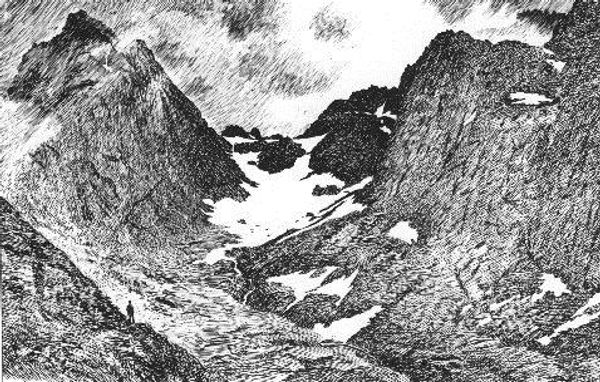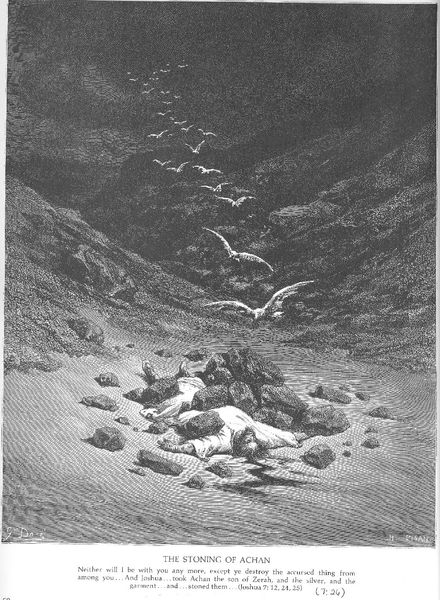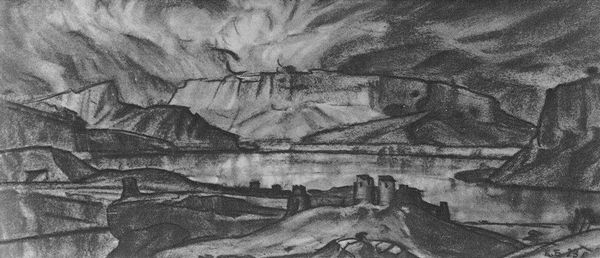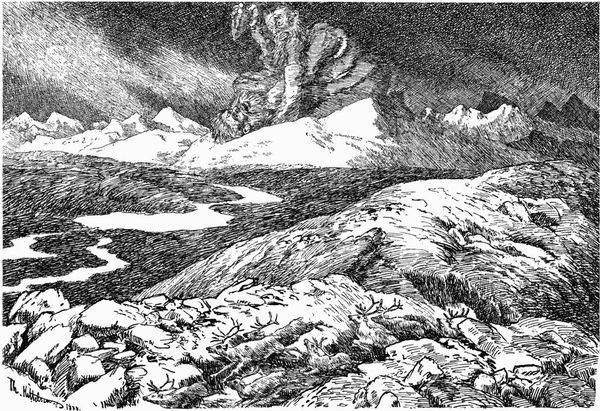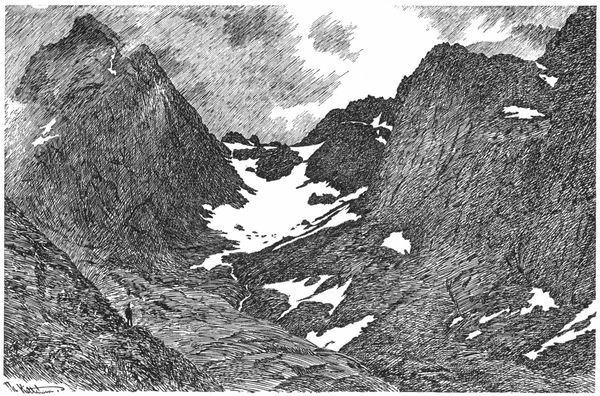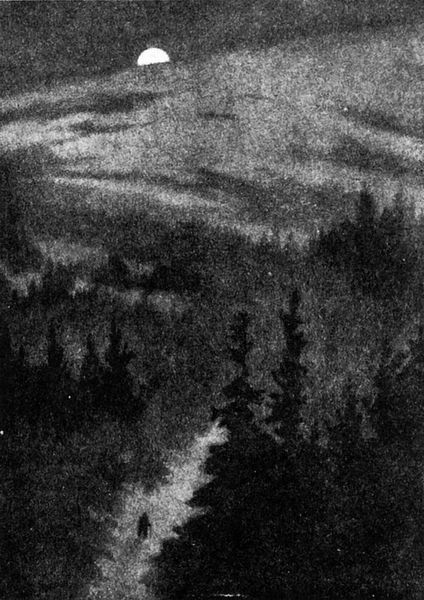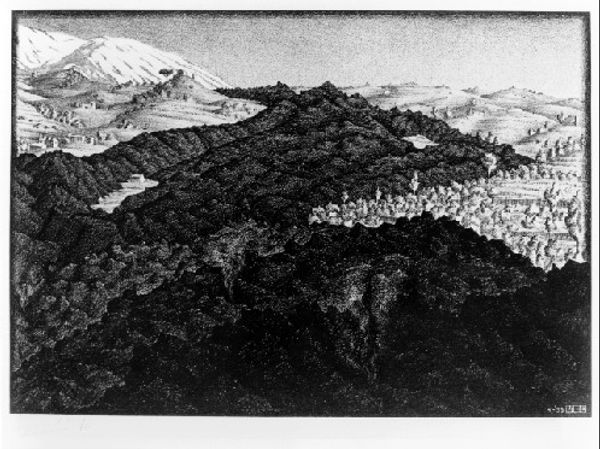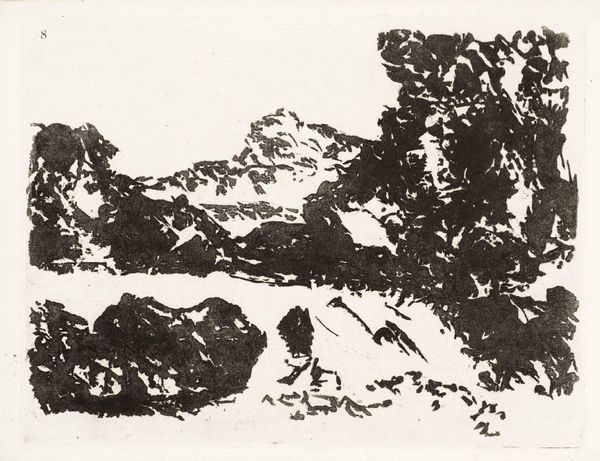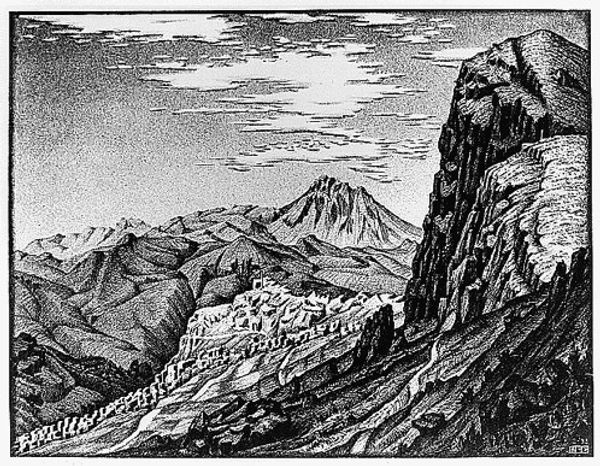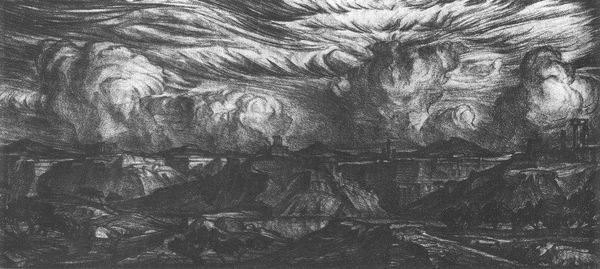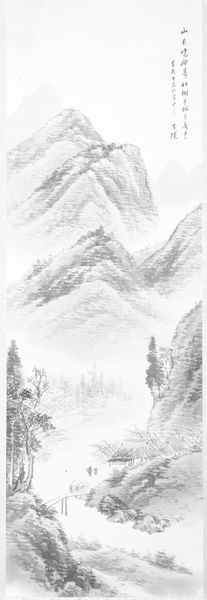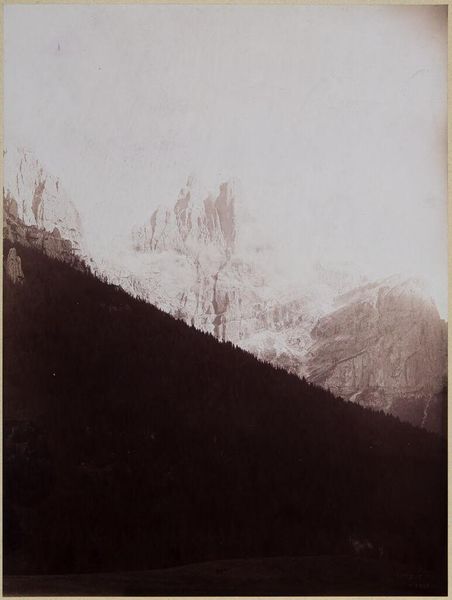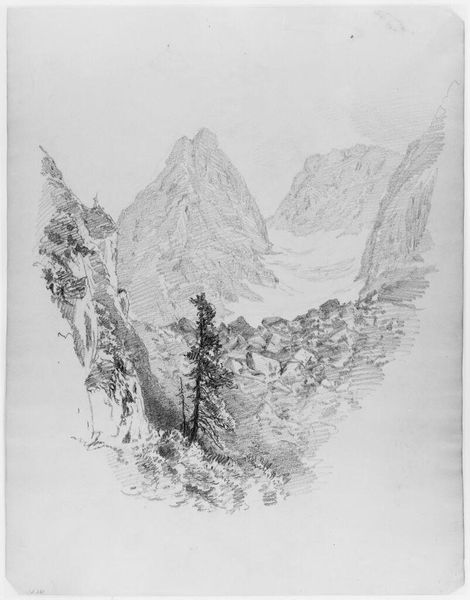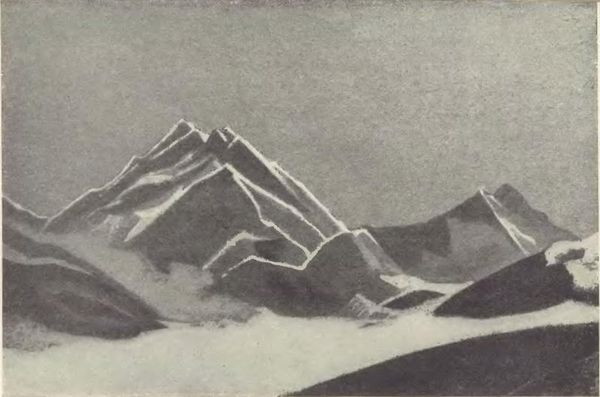
Copyright: Public domain
Editor: Here we have Theodor Kittelsen's "Northern Lights" from 1891, rendered in charcoal. The stark contrast really captures your eye, almost giving the scene a dramatic, theatrical quality. How do you interpret this work? Curator: Immediately, I'm struck by the dynamism created through chiaroscuro. The artist meticulously crafts this interplay of light and dark. Notice how the artist uses distinct, almost frantic marks, which appear to vibrate against one another, and establish compositional depth. How does the application of charcoal contribute to the overall effect? Editor: I'd say it creates a sense of raw energy, and emphasizes the texture and tonal gradients. Curator: Precisely! The velvety blacks push forward as volumetric forms while airy whites suggest ethereal veils and passages to another place. Examine the upper portion of the work; are those cloud formations, light refractions, or spirits breaking through? Editor: That’s interesting. The amorphous quality makes it difficult to pin down. Is it intended to be ambiguous, creating visual tension? Curator: Indeed. It appears to push representation to a breaking point. Consider also the visual weight and verticality expressed. Note the triangular and pyramidal peaks replicated both in the mountains below and above in the lights or sky. This internal mirroring results in compositional balance. Editor: This makes me appreciate the deliberate artistry and skill with composition. Curator: The dramatic intensity, amplified through restrained monochrome tonality and considered organization, speaks volumes about the formal mechanics of pictorial creation. What an exciting piece, and all accomplished through minimal materials. Editor: Absolutely. Analyzing its internal visual logic really unlocks new ways of engaging with art!
Comments
No comments
Be the first to comment and join the conversation on the ultimate creative platform.
